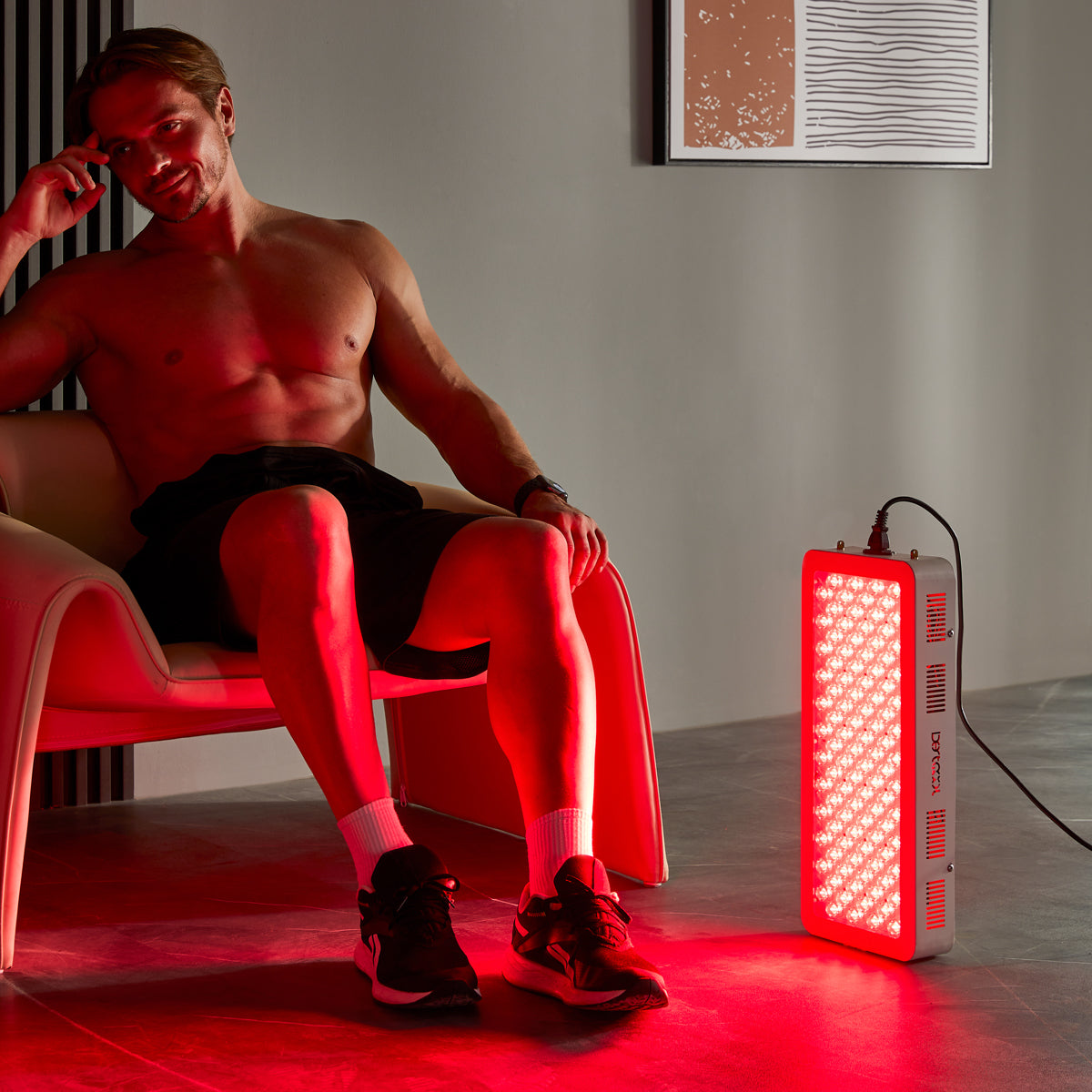How Red Light Therapy is Revolutionizing the Fitness Industry
Corps
Red light therapy, also known as low-level laser therapy (LLLT) or photobiomodulation, is gaining traction in the fitness industry as a revolutionary approach to enhancing performance, accelerating recovery, and promoting overall well-being. This non-invasive treatment involves exposure to red or near-infrared light, which is thought to penetrate the skin and stimulate cellular energy production. Let's delve into how red light therapy is transforming the fitness landscape.

The Science Behind Red Light Therapy
At the core of red light therapy's effectiveness is its ability to stimulate the mitochondria within our cells, leading to increased adenosine triphosphate (ATP) production. This boost in cellular energy is believed to promote tissue repair, reduce inflammation, and improve muscle recovery. Additionally, red light therapy is thought to enhance blood flow, which can aid in delivering oxygen and nutrients to muscles, further supporting the body's recovery process.
Enhanced Performance and Recovery
Athletes and fitness enthusiasts are increasingly turning to red light therapy to optimize their performance and expedite recovery from intense training sessions. By harnessing the power of red light therapy, individuals may experience reduced muscle soreness, accelerated healing of injuries, and improved overall recovery. This, in turn, allows for more frequent and intense workouts, ultimately leading to enhanced physical performance.
Complementary Treatment in Fitness Facilities
Fitness centers and sports rehabilitation facilities are integrating red light therapy into their offerings, recognizing its potential to complement traditional training and recovery methods. Whether used as a standalone treatment or in conjunction with other modalities such as massage therapy or cryotherapy, red light therapy is proving to be a valuable addition to the fitness industry's arsenal of recovery and performance enhancement tools.
Accessible Home Devices
Advancements in technology have made red light therapy more accessible to the general public, with the availability of at-home devices designed for personal use. These compact and user-friendly devices allow individuals to incorporate red light therapy into their daily routines, providing a convenient means of reaping its benefits without the need for frequent visits to specialized clinics or facilities.
In conclusion, red light therapy is revolutionizing the fitness industry by offering a non-invasive, scientifically-backed approach to enhancing performance and expediting recovery. As our understanding of the therapeutic potential of red light therapy continues to evolve, its integration into fitness regimens is poised to become increasingly prevalent, empowering individuals to optimize their physical well-being.






commentaires